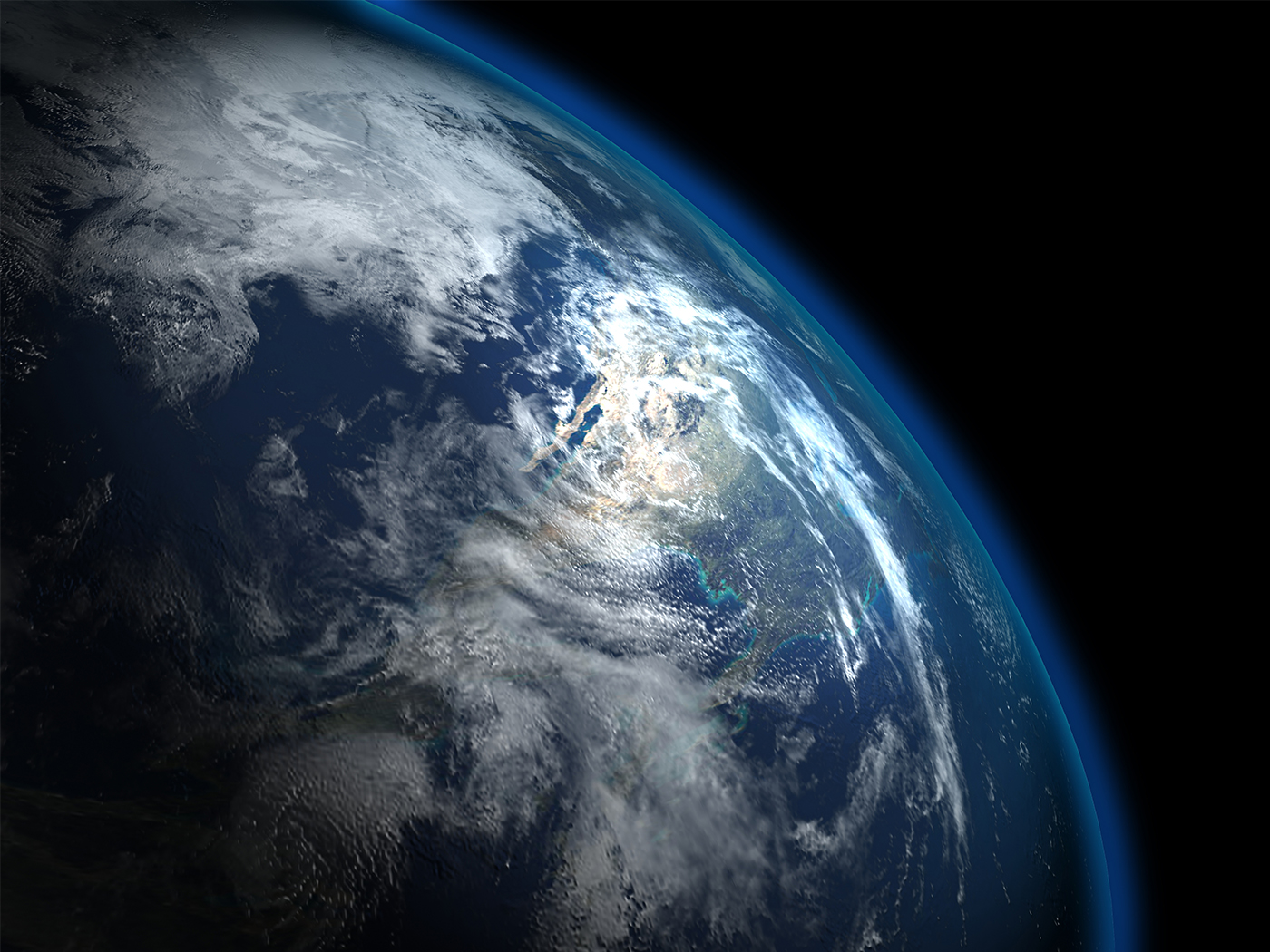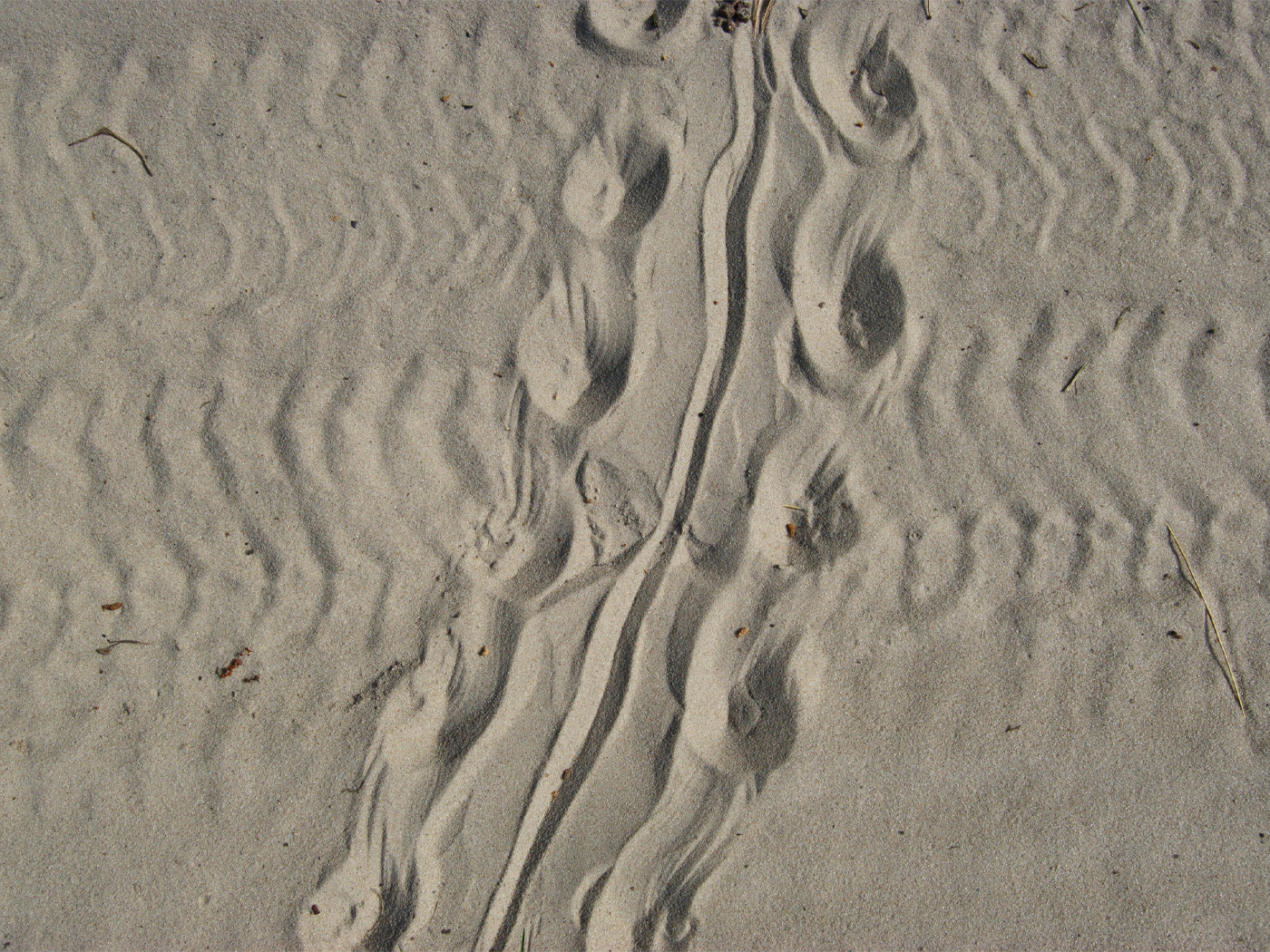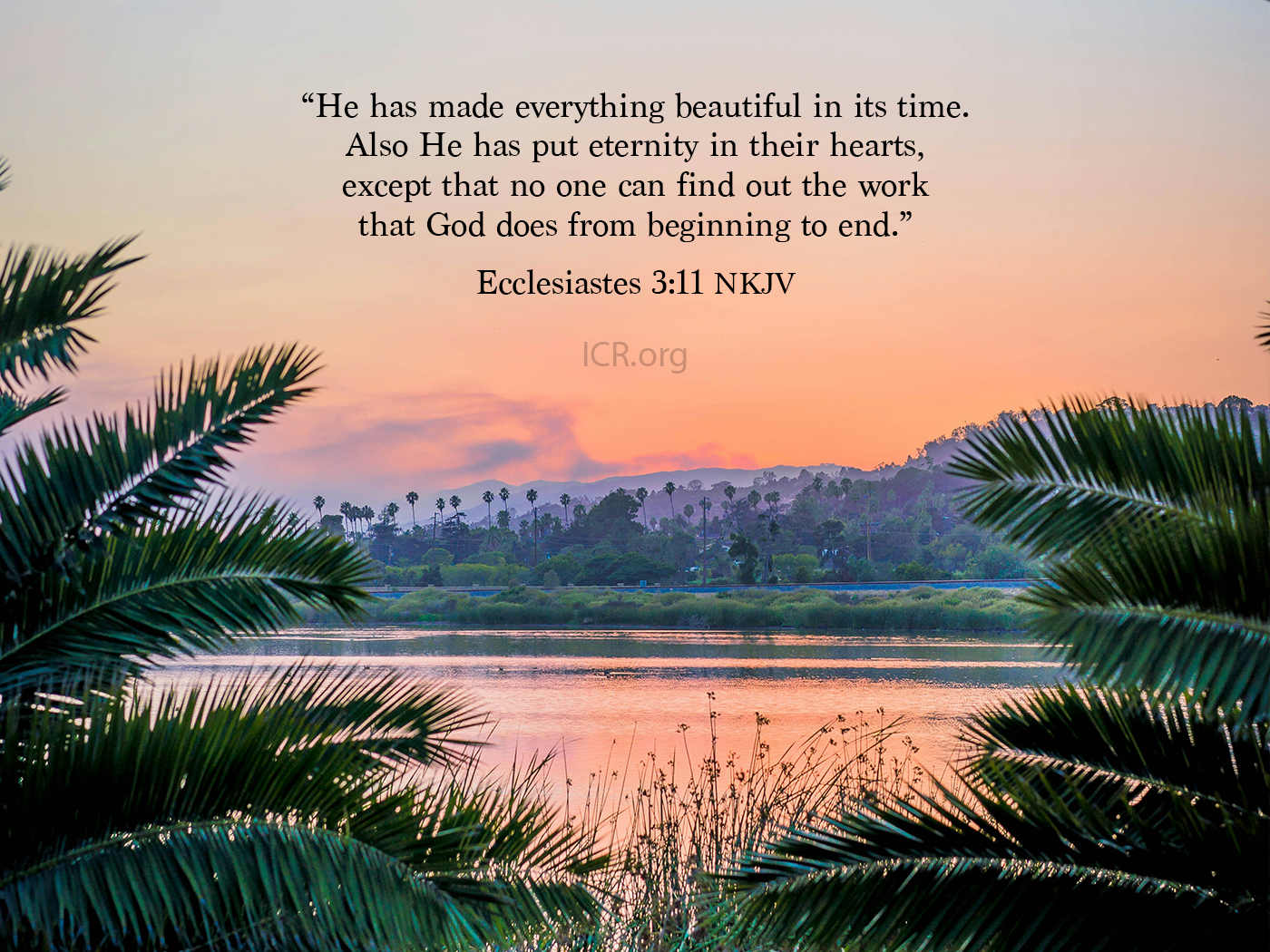Scientists recently demonstrated that infalling particles from Saturn’s rings are the most likely source of a previously unaccounted-for excess of ultraviolet radiation emitted from the planet’s atmosphere. This discovery utilized data collected from the Voyager I and Cassini spacecrafts, as well as the Hubble Space Telescope. 1,2
This is a reminder that Saturn’s rings are short-lived. At the rate at which ring particles are ‘raining’ into Saturn’s atmosphere, Saturn’s rings can only survive a hundred million years into the future.3-4
Saturn’s rings are relatively young, too. Because micrometeorites are continually colliding with the icy particles, they should be dark and sooty after billions of years. Yet they remain bright and clean:
The flux [of micrometeorite dust], about 10 times higher than estimates from before the Cassini mission, suggest a ring age of between 150 million and 300 million years, or even younger. “Our measurement is the most direct way you can measure it,” [space physicist Sascha] Kempf adds. “There’s not much you can do about it. It has to be young.”5
Note that these ages are the maximum possible values. The true age could be less than this, even as young as 6,000 years, consistent with the Bible’s chronology. Uniformitarians, of course, would counter that this does not necessarily prove that the planet Saturn itself is young, as perhaps the rings might have somehow formed in the recent past.
However, explaining the recent origin of Saturn’s rings is much more challenging for uniformitarian theorists. Planetary scientist Robin Canup at the Southwest Research Institute said, “I know of no way to form the rings recently with any reasonable probability.”6 Ring expert Luke Dones at the Southwest Research Institute said, “I have no objection to young rings. I just think no one has found a very plausible way of making them....It requires an unlikely event.7
David Coppedge, a former team lead computer administrator on the Cassini project at the Jet Propulsion Laboratory (JPL) recounted how mainstream scientists were acutely uncomfortable with the prospect that Saturn’s rings could be young:
It was clear to me that nothing would dislodge their belief in billions of years, but there was a subtext that it would be very troubling to them if the rings turned out to be young. These quotes [from Reference 8] show that to be the case: they are flummoxed and dumbfounded by the evidence. They have no explanation, and they admit it.8
One could also note, Coppedge was demoted from his position at JPL and eventually fired in what has been described as a ‘reprehensible’ case of discrimination against someone questioning the Darwinian narrative.9 Despite this injustice, Coppedge can be proud of the role he played in making the Cassini mission a success, a mission that has significantly strengthened the case for a young solar system.
Thus Saturn’s rings can have total lifetimes of no more than 250 to 400 million years, a small fraction of the 4.5 billion years that Saturn has supposedly been in existence. How likely is it that we humans would be ‘lucky’ enough to see Saturn’s rings for the short interval in which they could exist?
There are many such ‘coincidences’ in our solar system, and evolutionary scientists are bothered by them:
The most active bodies out there—Jupiter’s moon Io and Saturn’s moons Enceladus and Titan—may be putting on limited-run shows that humans are lucky to witness. Saturn’s brilliant rings, too, might have appeared recently, and could grow dingy over time. Some such proposals make planetary researchers uncomfortable, because it is statistically unlikely that humans would catch any one object engaged in unusual activity—let alone several.6
As noted above, Saturn’s moons also pose problems for alleged histories extending billions of years into the past.10-11 Yet these anomalies and coincidences are easily explained if Saturn, its rings, and its moons are young.
None of this should come as a surprise to Bible-believing Christians. More and more evidence of youth is coming to light as our knowledge of the solar system increases. Our solar system really looks young, which is not surprising since the Lord Jesus Christ created it, and He did so recently.12,13
References
- Hubble finds Saturn’s rings heating its atmosphere. Phys.org. Posted March 30, 2023 at phys.org, accessed April 11, 2023.
- Lotfi, B.-J. et al. 2023. The Enigmatic Abundance of Atomic Hydrogen in Saturn’s Upper Atmosphere. The Planetary Science Journal. 4 (3): 1-18.
- NASA Research Reveals Saturn is Losing Its Rings at “Worst-Case-Scenario” Rate. NASA press release.. Posted at nasa.gov December 17, 2018.
- Thomas, B. 2019. Saturn’s Ring Rain Rates Run Fast. Creation Science Update. Posted January 15, 2019 on ICR.org, accessed April 11, 2023.
- Voosen, P. 2017. Saturn’s rings are solar system newcomers. Science. 358 (6370): 1513-1514.
- McKee, M. 2013. Caught in the Act. Nature. 493: 592-596.
- Drake, N. 2019. How Old Are Saturn’s Rings? The Debate Rages On. Scientific American. Posted on scientificamerican.com April 18, 2019, accessed April 11, 2023.
- Coppedge, D. F. It’s Official: Saturn’s Rings Are Young. Creation Evolution Headlines. Posted on crev.info January 3, 2018, accessed April 11, 2023.
- Klinghoffer, D. NASA Versus David Coppedge: Most Reprehensible Case of Anti-Intelligent Design Persecution Yet? Evolution News and Science Today. Posted on evolutionnews.org December 19, 2016, accessed April 11, 2023.
- Hebert, J. Reminder: Saturn’s Moon Titan Really Looks Young. Creation Science Update. Posted February 8, 2021 on ICR.org, accessed April 11, 2023.
- Hebert, J. 2020. Saturn’s Moons Continue to Challenge Secular Theorists. Creation Science Update. Posted September 27, 2021 on ICR.org, accessed April 11, 2023.
- Genesis 1:1, John 1:1-3, Colossians 1:13-17.
- The chronological information in the Bible implies that only about six thousand years have elapsed since the Creation of the universe: less than 2,000 years from the Creation to the Flood, a little more than 2,000 years from the Flood to Christ’s first advent, and another 2,000 years or so from Christ’s advent to the present day.
Image credit: NASA/JPL/Space Science Institute
* Dr. Hebert is Research Scientist at the Institute for Creation Research and earned his Ph.D. in physics from the University of Texas at Dallas.













